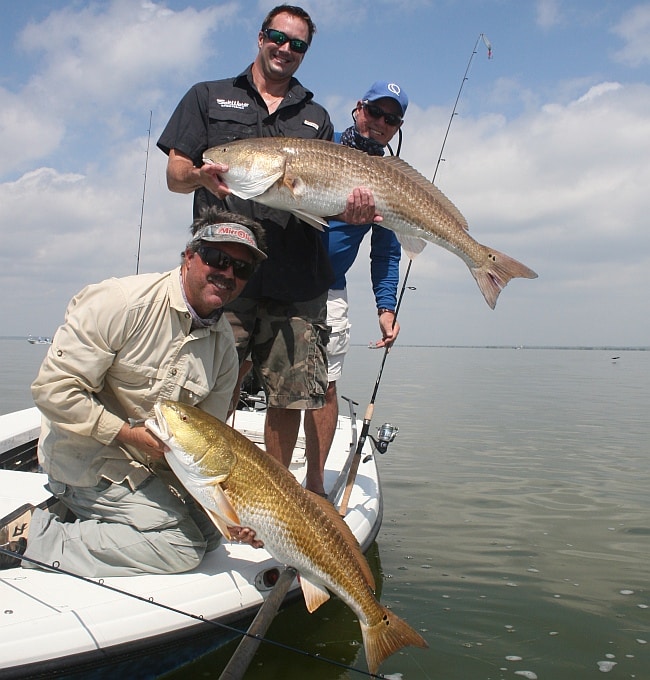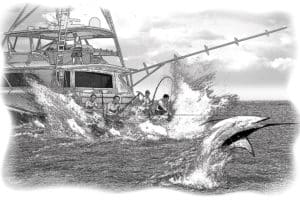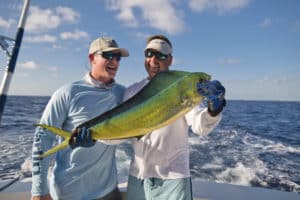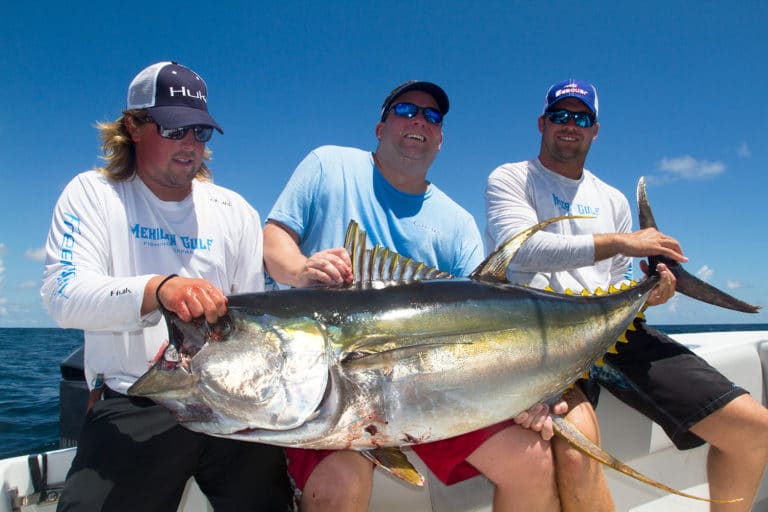
redfish
One of this country’s most spectacular, pristine and productive areas of shallow grass flats, home to the world’s greatest shallow-water sight-cast fishery for trophy redfish and seatrout, might be turning into a toxic cesspool.
The **New York Times **on August 7 called the Indian River Lagoon estuary “one of the richest marine ecosystems in the continental United States.” It then went on to talk of a “cross-species murder mystery, a trail of hundreds of deaths,” here, wondering if the deaths are symptomatic of “the collapse of the natural balance that sustains the 156-mile estuary’s northern reaches.”
Murdered in the past year have been nearly 300 manatees, scores of bottlenose dolphins and hundreds of pelicans.
The exact cause of death and the perpetrator have not yet been identified, but there are theories and suspects.
The most significant piece of evidence is the change in the estuary’s vegetation. Great submarine fields of sea grasses are being smothered by extensive blooms of nasty macroalgaes. One biologist tells the New York Times of so many grass beds lost that an estimated 1.4 billion immature fishes will be without that vital habitat. That doesn’t bode well for future generations of game fish, both inshore and offshore.
The source of the soupy water that’s been replacing the historically clear, clean lagoon water: nitrogen. A little nitrogen is good, but too much and eutrophication makes the water putrid. This has also led to a layer of a thick, nitrogen-rich ooze over large areas of the lagoon bottom.
Anyone who thinks that somehow the death of so many mammals and birds won’t extend to fish is fooling himself. Guides who fish these waters are already seeing a major decline in their success.
Here’s a bit of what one veteran, respected guide told me this week: “It’s hard to find any grass flats remaining south of the power plants and in the whole Banana River. … even in clean water, you can see huge mats of dead grass covering live grass and choking it out.” He also noted that small, vital forage fish such as menhaden, finger mullet, glass minnows and pilchards “are almost non-existent this summer. And the things that eat them — tarpon, ladyfish, jacks, bluefish, small trout, sail cats — are nowhere to be found.”
So far, scientists have failed to pinpoint the source of all this nitrogen, but suspect it’s coming from “nonpoint sources” such as the fertilizers that wash off golf courses and lawns as well as the many septic tanks still in the area.
Does that make groundskeepers murderers? Hardly.
I think the murderers are corrupt and/or greedy politicians at the state and local level who, over decades and still today, have perpetuated this state’s development-at-any-cost protocol that is increasingly coming home to roost. Those policies have promoted coastal development with little regard for the environment or the environmental consequences of skyrocketing population growth — e.g. in Brevard County from 23,000 in 1950 to well more than a half-million residents today.
Of course, Florida’s been fighting water-quality issues for decades, issues that go back to the state’s prevailing attitude the development and developers (along with big sugar/agriculture) are king.
The public ignorance and/or apathy that allows such destructive policies to continue seems to be raising red flags at the grass-roots level. For example, on this Sunday, August 9**, a protest** to “Save the St. Lucie River and Martin County Wildlife” in Stuart that organizers hope will attract 10,000 concerned citizens.
Hopefully their efforts will be noted by state, regional and local lawmakers and water-management officials. However, any Floridian who cares about recreational fishing and the environment knows that changing policies to truly protect the state’s fragile coastal estuaries will be a difficult, uphill battle.







